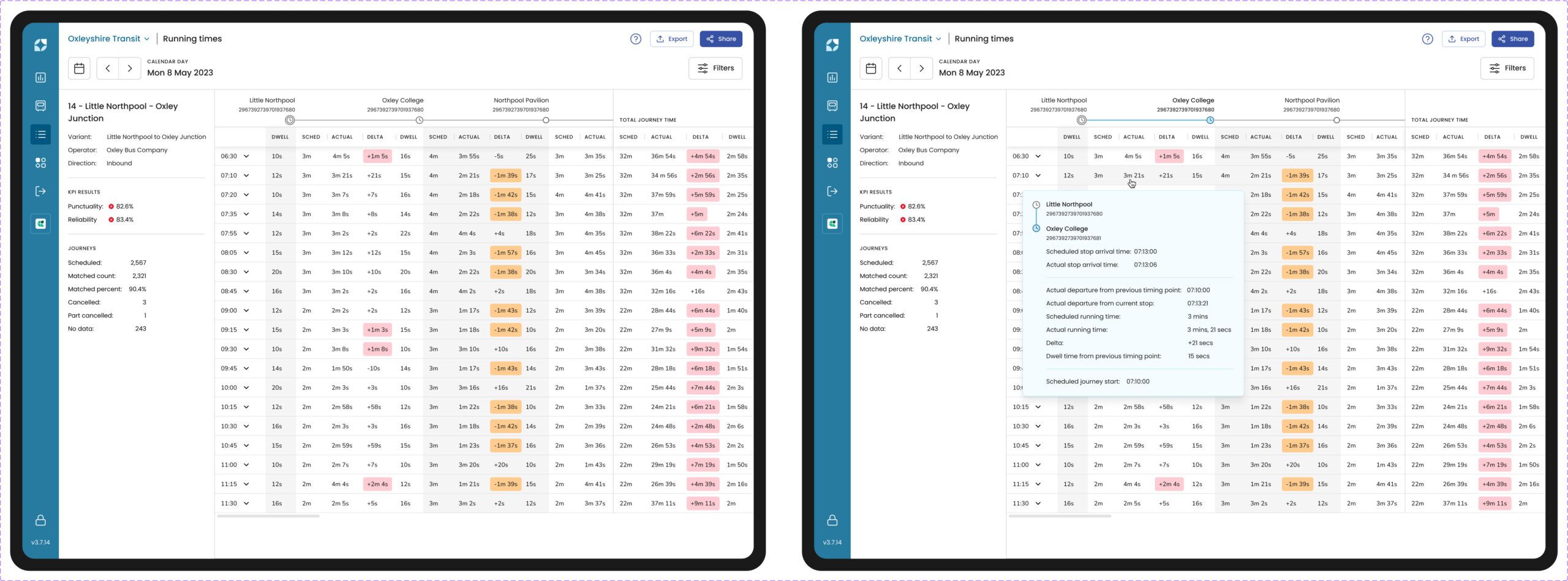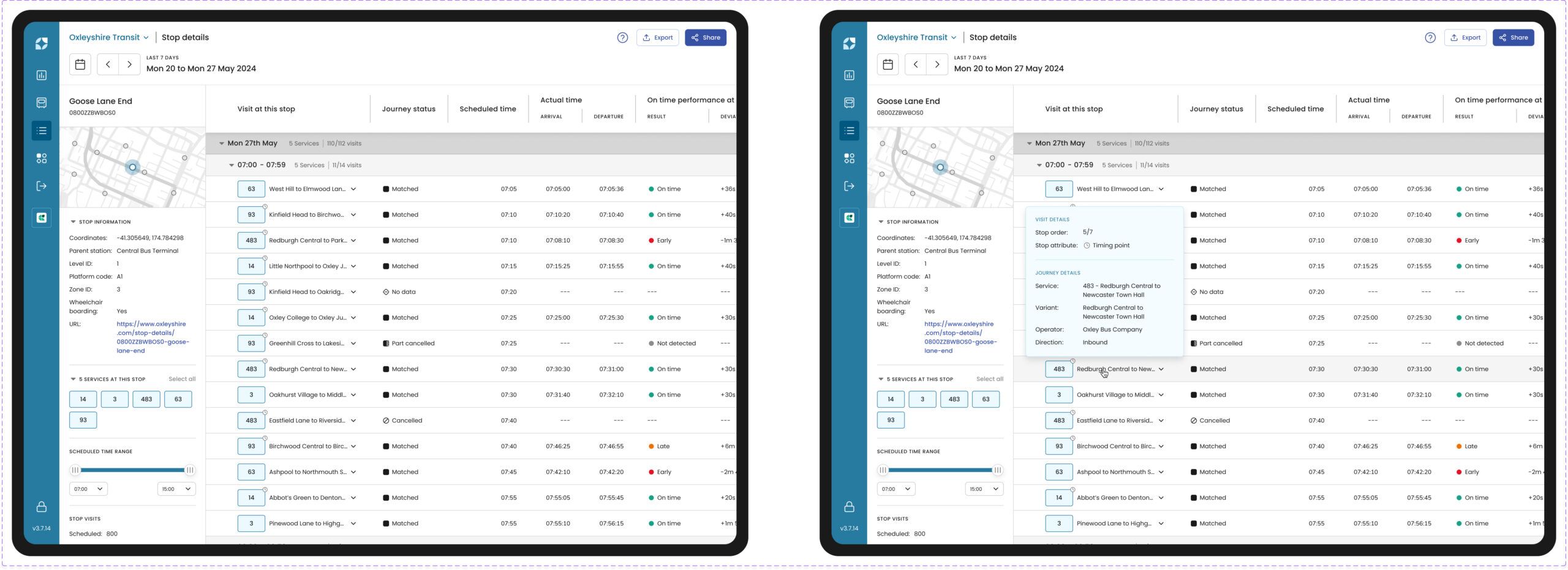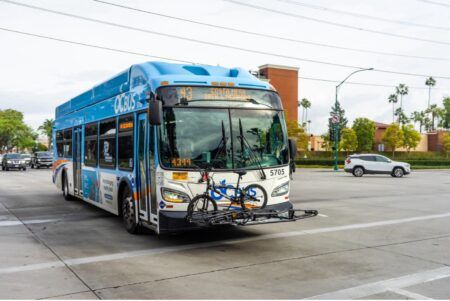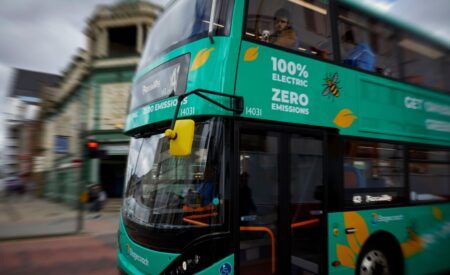Snapper Services is launching two new features for its Mosaiq Insights platform – Running Times and Stop Details – to help public transport operators and authorities pinpoint route inefficiencies and improve operational performance.
The updates to Mosaiq Insights provide both a stop-by-stop view of how routes are running and detailed stop level analysis where routes are shared, to identify and address issues such as delays, service gaps and schedule mismatches.
By analysing vehicle position data, operators can confidently make adjustments to improve service reliability and passenger satisfaction.
“Public transport operators and authorities are under growing pressure to maintain reliable services while managing tight resources. With the introduction of Running Times and Stop Details, we’re empowering them with the precise, actionable data needed to address service challenges head-on,” says Miki Szikszai, CEO of Snapper Services. “Transport authorities and operators often tell us they struggle to pinpoint issues across their networks and gain a clear understanding of performance at every level—from individual bus stops to entire routes. These features enable them to quickly identify challenges, make informed decisions, and drive continuous improvement across their services.”

The Running Times feature offers a detailed measurement and comparison of scheduled travel times versus what actually happened. It tracks travel times between bus stops in real-world conditions, highlighting discrepancies between planned schedules and actual operational times. This allows transport operators to spot patterns, such as recurring delays during specific times of day, and identify where exactly along a route times could be shifted to improve service efficiency.
By using this data, operators can also more effectively identify external disruptions, such as traffic congestion or roadworks, and optimise their resources and scheduling.

The Stop Details feature provides a comprehensive view of all individual visits at a bus stop level across all routes. It highlights key trends, such as late or early arrivals, departure and dwell times, gaps between buses, or instances of “bunching”.
With this level of detail, operators can understand whether delays or inefficiencies are caused by external factors, like road construction, or by internal issues, such as suboptimal route planning or scheduling.
“By drilling into the performance data of individual stops and routes, we are providing operators and authorities with the assessment tools they need to make timely informed decisions that can significantly improve the efficiency and reliability of their transport systems. The feedback from our launch users is that this is a compelling new way to make network adjustments with confidence and we’re looking forward to seeing continuous improvement of network performance,” adds Szikszai. “By offering transport operators an even clearer, more detailed picture of their network performance, both by route and location, these features enable faster responses to challenges and more efficient use of resources. This in turn supports more reliable services and a better experience for passengers.”





